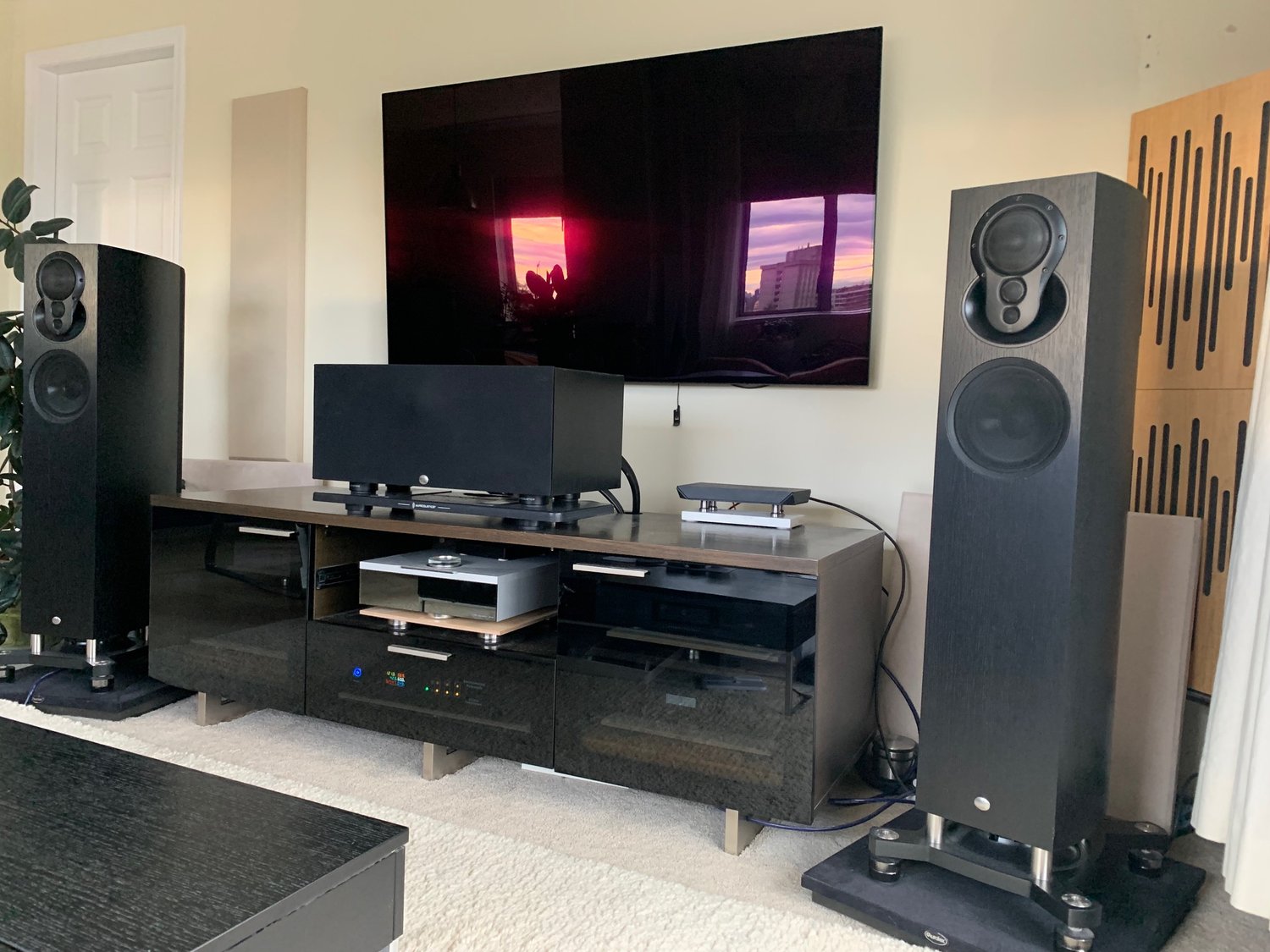
Cleaning Up the Power Supply
One of the most critical factors for getting audio components to perform their best is to supply them with the cleanest possible power. The power you get from your electrical outlet is often polluted and noisy, constantly fluctuating, and full of micro spikes that act like continuous micro surges of the sine wave. In addition, electrical noise generated by some of the electronics in your system can pollute the power supply of other components in your playback chain.
This noise pollution will affect the music. It will muddy the mids and highs, generate ill-defined bass and a noisy background. Overall soundstage clarity and transparency, along with separation of instruments and voices, will also suffer as a result of polluted AC.
I’ve visited homes where the owner’s expensive hi-fi system was plugged into a $10 power strip. Even worse was that the TV, HD cable box, and other non-audio electrical devices were plugged into the same power strip. Noisy components plugged into the power strip will infect the whole system with noise, as none of the components are isolated from each other.
Such a power setup will degrade sound quality. Along with causing a noisy sound floor, a lack of clarity and detail, a diminished soundstage, and muddy bass, bad AC will make your music sound harsh and fatiguing.
I separate my audio components from my video ones. The TV and HD cable box are plugged into a different outlet than the one serving my audio components, as the former are notoriously noisy. I recommend a high quality power strip, power conditioner, or waveform correction device to isolate the noise. I also make sure that my refrigerator, clothes dryer, and other appliances are not on the same electrical circuit as that used by my system.
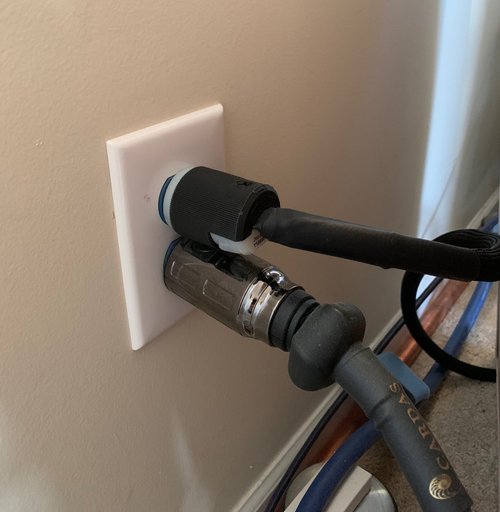
Many hi-fi manufacturers today do a good job of mitigating the noise in their component’s power supply, but there’s usually room for improvement. There are a number of techniques and devices designed to clean up the power and provide a significantly purer music signal.
The first step I recommend is to replace the $1.50 duplex wall receptacle feeding your gear with a hospital or audiophile grade one. Better quality receptacles are made with pure copper internal electrical components and hold the components’ AC cord plugs more firmly to allow better electrical contact and flow.
I use an electrical ground circuit tester to ensure that the electrical outlet is properly grounded. If it is, the LED lights for grounding are lit on the test device. Proper grounding is essential for better sound quality.
As mentioned in an earlier instalment, it’s important to try to keep your power cords away from your Ethernet cables, RCA interconnects, HDMI cables, and speaker wire, or at least shield your signal cables at strategic areas so they don’t become infected by the EMI emitted by power cables.
The next step I take is to measure the amount of noise in the electrical circuit with an AC noise analyzer. Once I plug in the AC noise analyzer, I can actually hear radio stations and noise coming through the device’s built-in speaker. Untreated, that noise is entering your components.
Next, I set the AC noise analyzer’s dial setting to 100 on the digital readout. I plug the AC noise analyzer and one of my components into an extension cord plugged into the wall. This will give me a readout of any noise added by the component into the circuit. If the readout exceeds 100, I know that particular piece of electronics is a source of noise. If it’s below 100, that component is actually reducing the noise. This allows me to make decisions in how I want to plug my electronics to keep the noisy components out of the same electrical circuit as that of my more EMI-sensitive electronics, such as streamers, preamps, and components with DACs.
I also use the noise analyzer to see which duplex receptacles are noisiest, so that I can plug my gear into the quieter plugs.
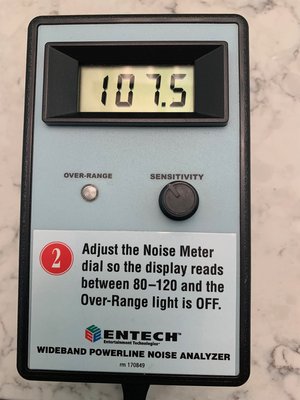
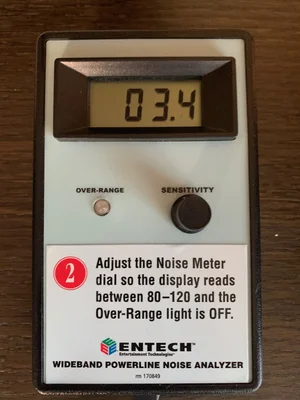
(left) AC noise readout on a noise analyzer plugged directly into a wall outlet. (right) Readout on the noise analyzer plugged into the outlet of an Environmental Potentials EP-HPS waveform correction device.
I’ve bought and tried many power conditioners, including Shunyata’s excellent Denali V2. I no longer do.
I now use a waveform correction device from Environmental Potentials (EP) called an EP-HPS. This non-current limiting device does an exceptional job of cleaning up the noise in the electrical circuit and isolating noise generated by components that can impact the other gear. The EP-HPS has three separate outlet zones, so I can choose to put a noisier component, as determined by my noise analyzer, in a different zone than one used by a quieter component. The company’s products also offer extremely effective surge protection, without compromising on sound quality.
I understand that EP will be introducing a new waveform correction device called a KIYORA, which has improvements over the HPS model. I already ordered mine.
I use a separate, smaller EP DigiPlug Stationary waveform correction device and an older Transparent power conditioner for my TV and HD cable box, to isolate their noise from my audio components’ electrical circuit. A side benefit of plugging my TV and HD cable box into their own power conditioner and waveform correction device is that it improves the picture and sound quality of my TV.
I’ve also tried out countless brands of audiophile power cords. When I try to figure out which component in an audio system will benefit most from a better power cord, I start with components that may be more vulnerable to noise, which deal in more delicate, low-voltage music signals, such as the preamp, streamer or any device with a DAC. The power cords that made the biggest difference in my system were the Clear Beyond model by Cardas, which I’ve been adding to my system as funds permit.
I have limited experience with audiophile fuses, but have found a nice improvement in sound quality with a Synergistic Research Purple fuse in my Silent Angel Forester F1 power supply, which powers my Bonn N8 and Forester F1 digital switches.
My journey in cleaning up the power supply has been a fascinating one. My system has realized incredible gains in sound quality, far beyond anything I could have imagined.
EMI Shielding and Cable Separation
The effects of EMI on your music system cannot be underestimated. Keeping it away from sensitive components can pay musical dividends.
I try to establish a good physical distance between a signal cable and a power cord, but when it’s not possible due to space constraints, I’ll wrap the area outside of the signal cable closest to the power cord in copper tape. I’ll do this with Ethernet cables, HDMI cables, and RCA cables.
I ordered a number of shielding items on Amazon and from Mouser Electronics in Canada. These include copper foil sheets, copper foil tape, and non-conductive EMI shielding. The copper tape is 2” wide by 33’ long, and has a sticky side to stick to the cables. The EMI non-conductive shielding is made by Laird or 3M.
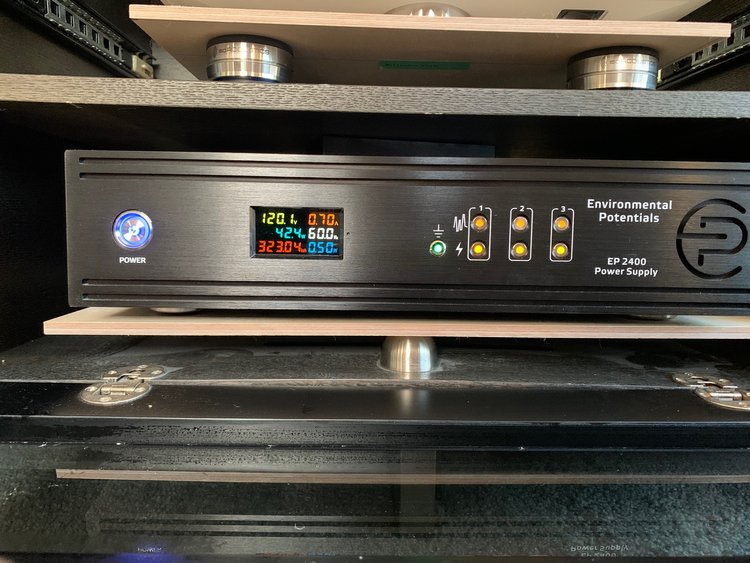
I also hired a metal shop to build custom 1mm thick copper enclosures to encase some of my more EMI-sensitive electronics, such as those of my Bonn N8 switches, Forester power supply, and DAC-equipped electronics. The copper enclosures are designed to offer enough space around components to allow them proper cooling.
The Laird non-conductive EMI shielding can be used internally to shield noisy power supplies from high frequency noise generated by SMPS power supplies, or to shield noisy components on circuit boards. Many electronics, such as cell phones, already employ this type of internal shielding to mitigate EMI/RF signals.
Great care should be taken to ensure that any component fitted with EMI shielding still has adequate airflow internally. It’s always a good idea to have an electronics expert, such as your hi-fi dealer, install the EMI shielding to avoid mishaps. Also, please be aware that this type of shielding work may void your warranty. Is internal shielding, when properly applied, worth it? In my experience, absolutely.
Each of the strategies I’ve recommended so far in this series can help you get closer to the sonic potential of your system. Some tweaks and fine tuning methods will provide moderate gains, while others will provide stunning improvements. Taken collectively, these techniques will transform your system far beyond what you thought possible.
In my case, they brought me emotionally closer to the music. They made my system sound more immersive, more musical, more long-term satisfying, in a way I never thought it could. They’ve taken the digital edge out of streamed music and made it sound organic and lifelike. I think that if you could hear what these techniques can do for your system, you’d be just as amazed as I was.
More to come.
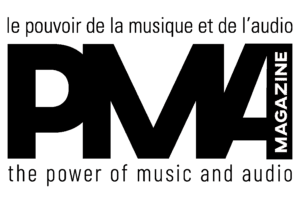
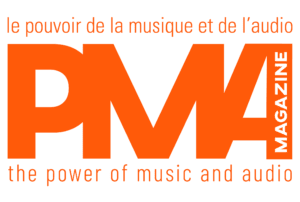
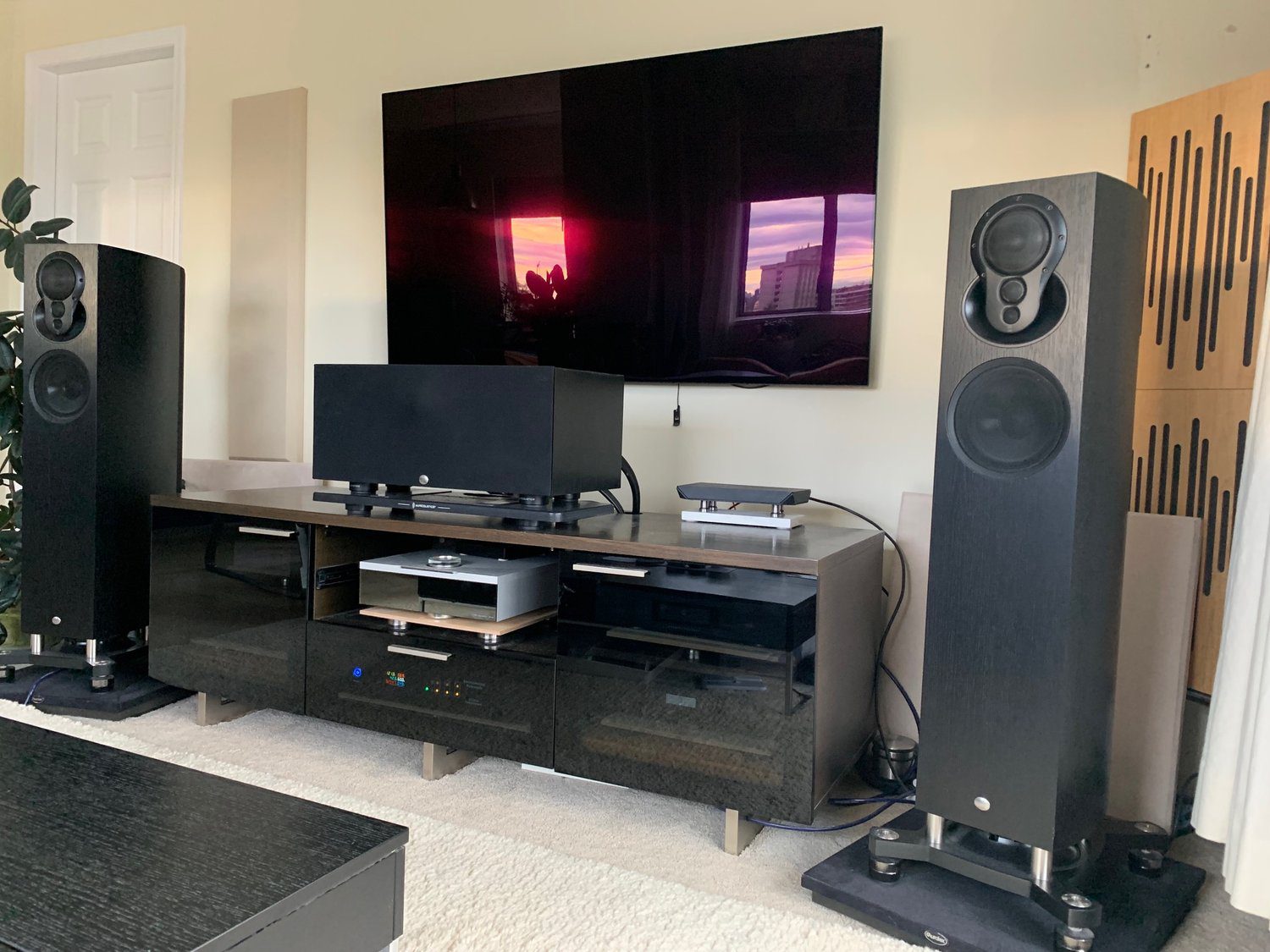
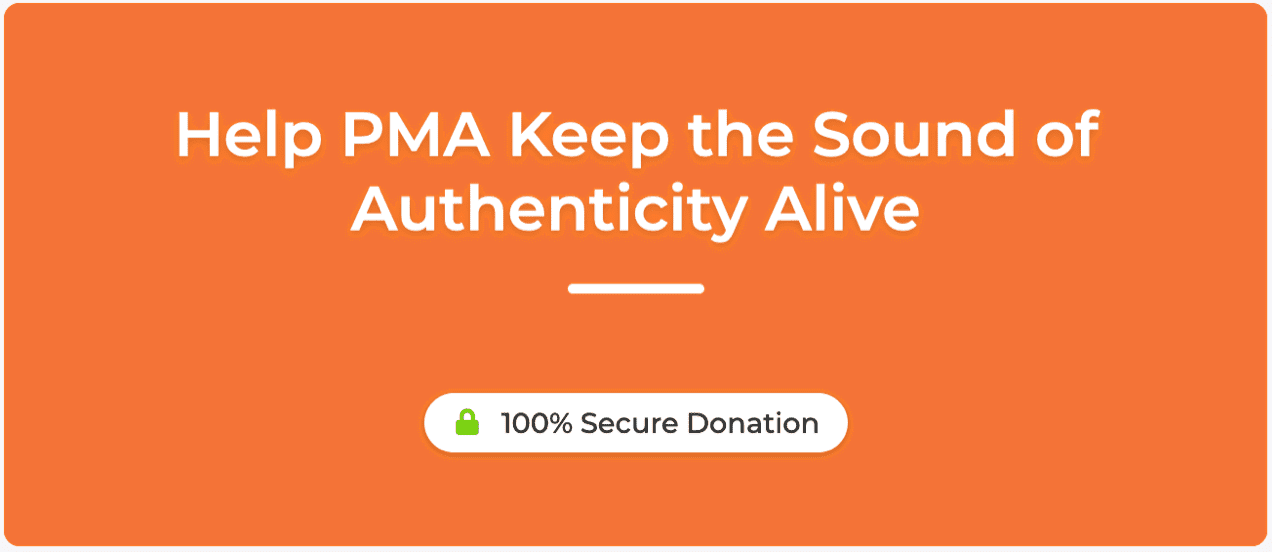
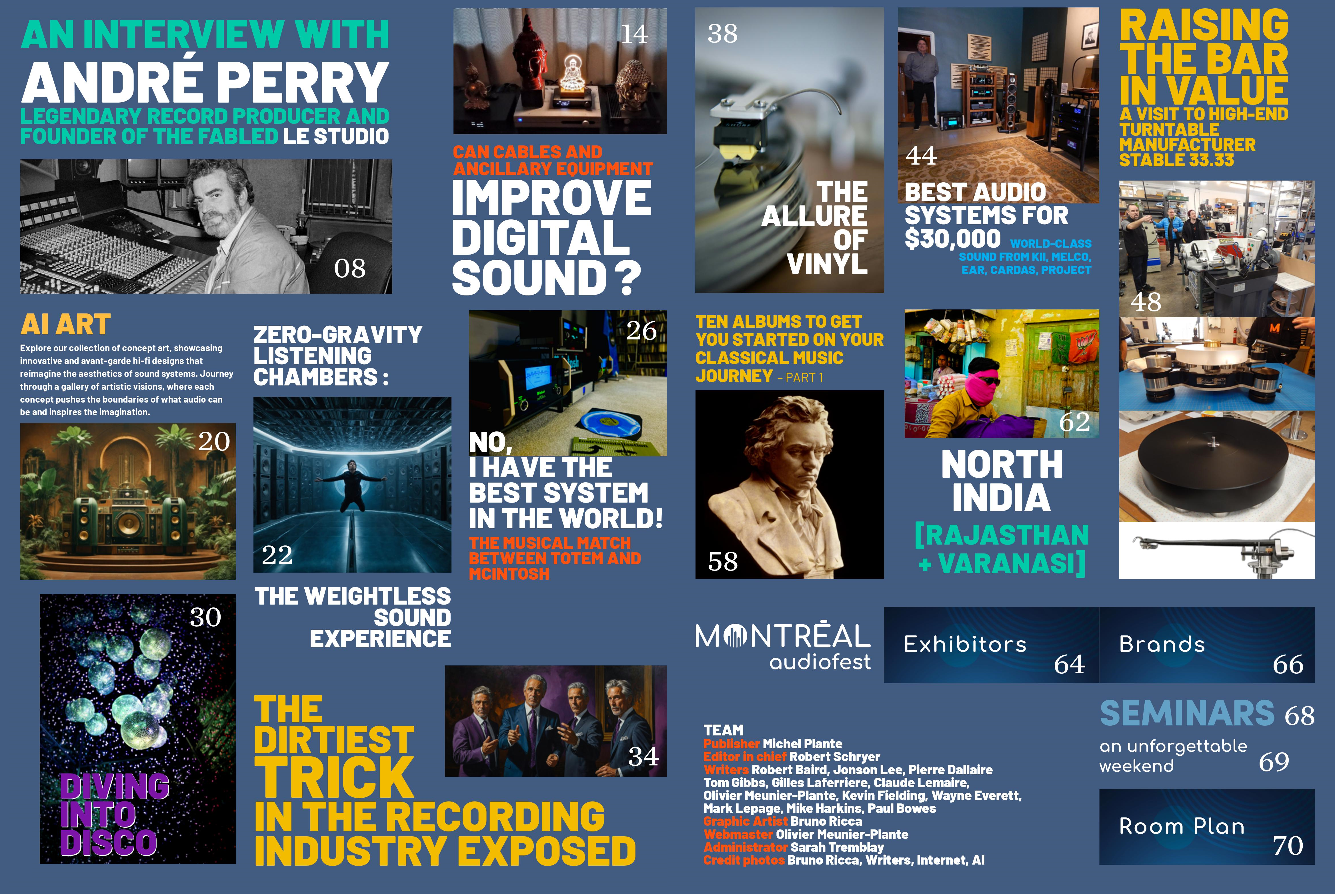
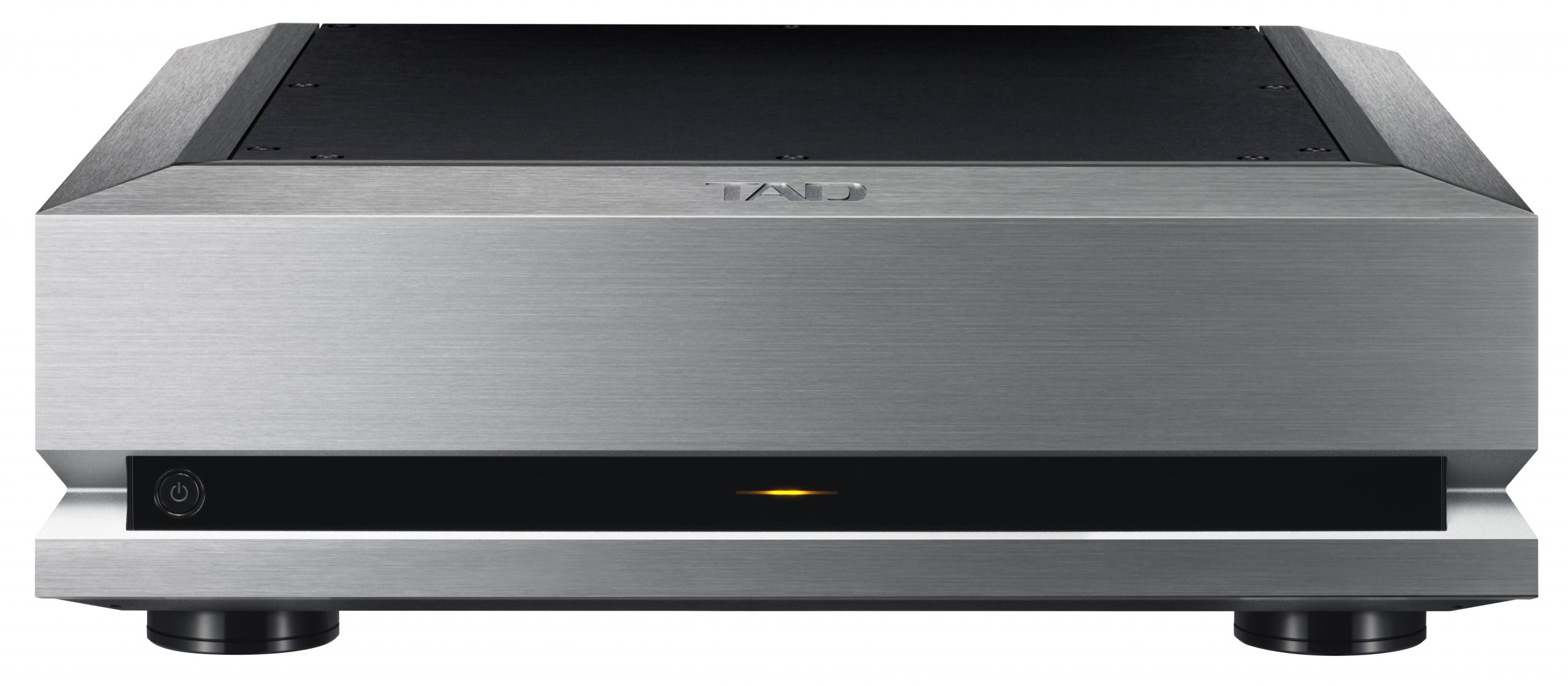

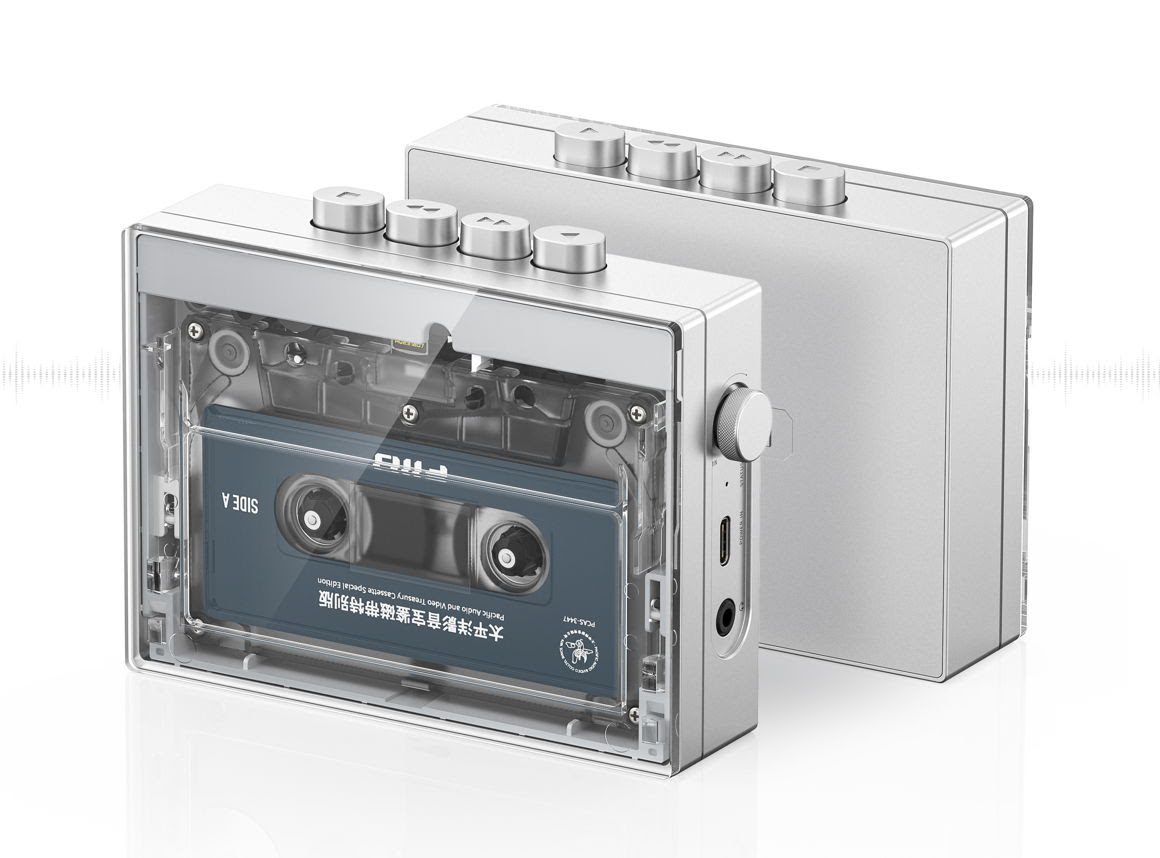

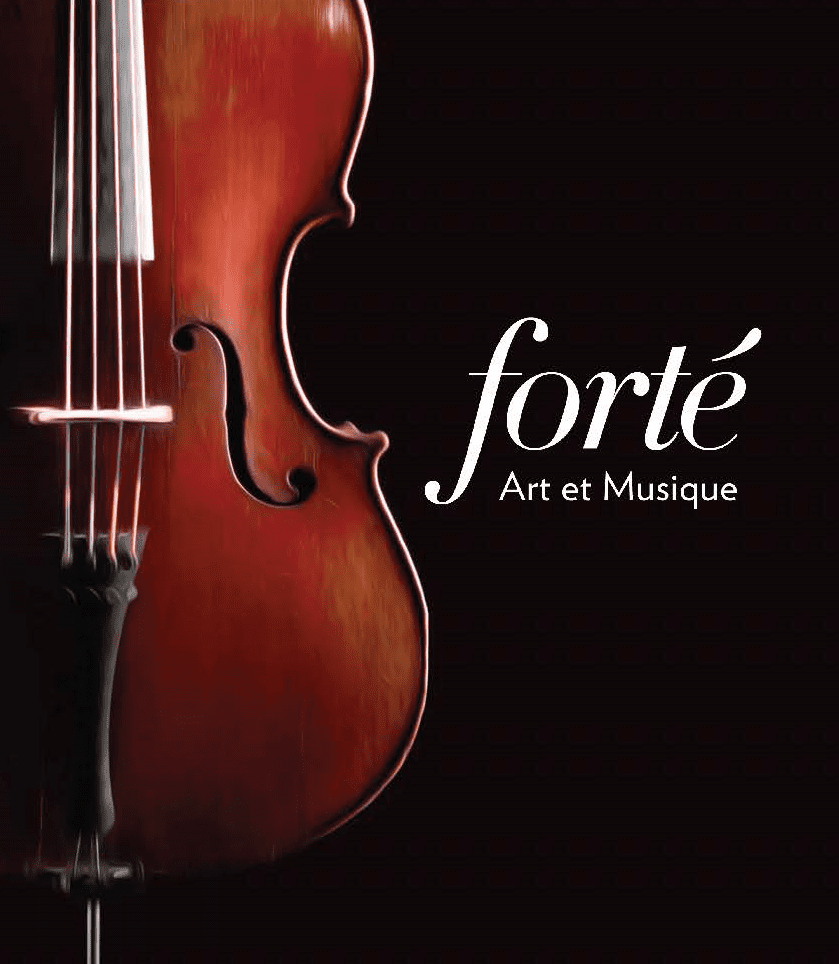
Leave a Reply